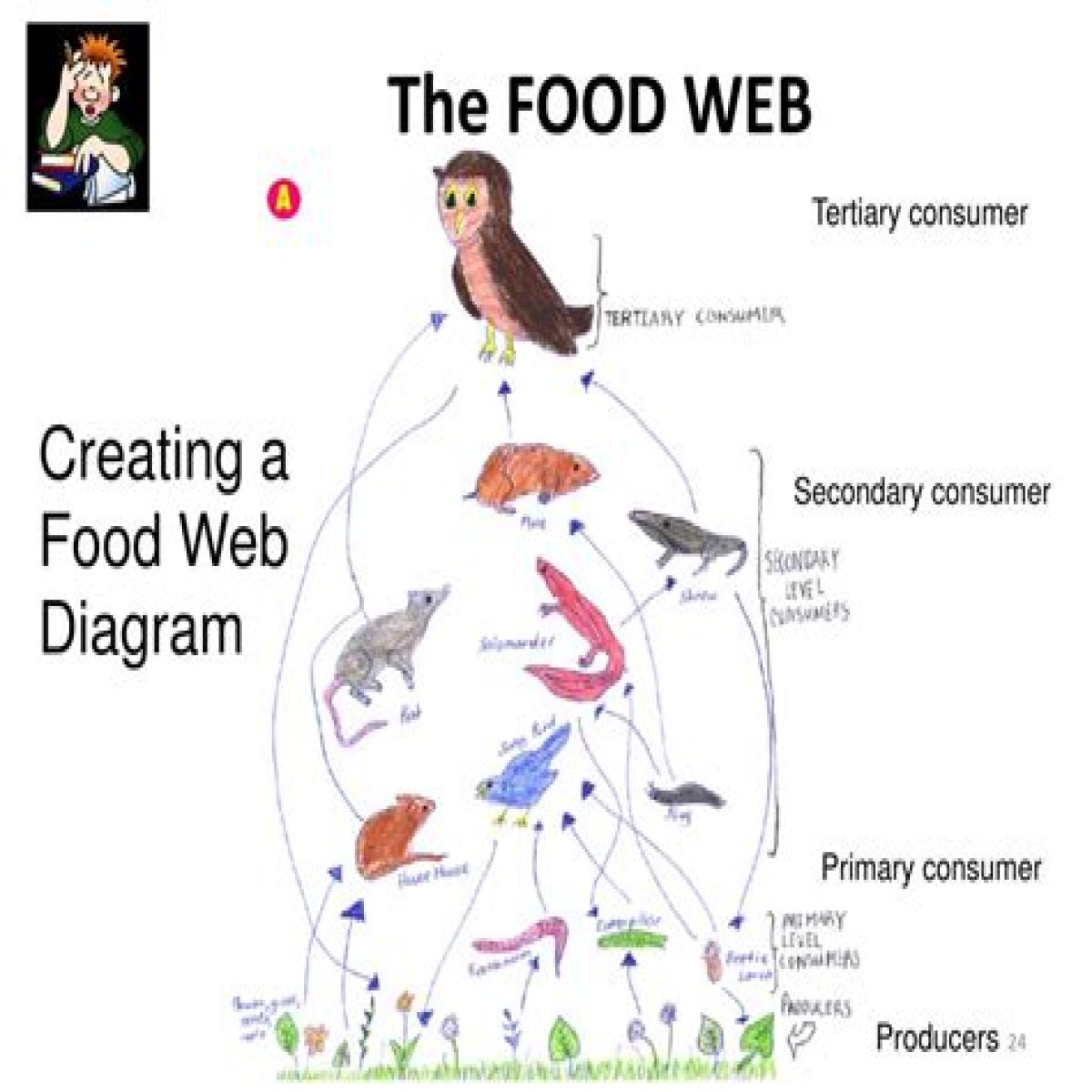Primary consumers eat only the producers, and the secondary consumers eat the primary consumers. Tertiary consumers are top predators and eat both primary and secondary consumers. Barn owls eat rodents, the secondary consumer, which eats insects, the primary consumer.Click to see full answer. In this manner, is an Owl a tertiary consumer?Owls are carnivores because they eat rodents and birds. Because the owl eats the shrew, this is an example of a tertiary consumer eating a secondary consumer. Omnivores: Organisms that eat both producers and consumers are called omnivores.Secondly, what are the predators of a barn owl? Predators of the barn owl include large American opossums (Didelphis), the common raccoon, and similar carnivorous mammals, as well as eagles, larger hawks and other owls. Also to know, what trophic level is a barn owl? Primary producers, which are things like green plants and some kinds of bacteria and algae, are at the bottom of the chain, occupying the lowest, or first trophic level. Apex predators like barn owls generally occupy the highest trophic level in any food chain, although this is somewhat open to interpretation.What is a barn owls food chain?Barn Owls are birds of prey or raptors – specialised hunters at the top of the food chain, which means that they need to eat prey animals to survive. Prey animals – mainly small mammals – eat other smaller creatures or plants, seeds and fruits. Plants get their energy from the sun, and from rain water, air and soil.
Home » Is a barn owl a tertiary consumer?
Is a barn owl a tertiary consumer?

Related Posts
- Christian Kane Net Worth
- John Bush Net Worth
- Paramore – I Caught Myself lyrics
- Bodycam footage shows moment ER actress Vanessa Marquez was shot by police
- Are gamefisher outboards any good
- Kurt Caz Net Worth, Age, Wiki, Biography, Relationship, Wife, Dating, Ethnicity, Height & Facts
- Bruce Rockowitz Wiki: Uncovering His Age, Family, Career, and Net Worth
- Is a barn owl a tertiary consumer?
- Steve Martin – Atheists Don't Have No Songs lyrics
- Gary Marangi Net Worth